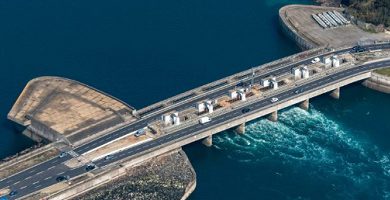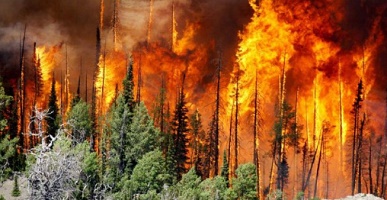What Was The First World War?
We explain everything about the First World War. The sides and their participating countries, the causes and consequences of the war.
-
What was the First World War?
The First World War , also known as the Great War in some countries, was an international armed conflict that spanned virtually all countries of the European continent, and several countries in the Middle East, Asia, Africa and America, in four years large-scale war , from 1914 to 1918.
The countries in dispute were organized in two opposing alliances, called the Triple Alliance and the Triple Entente , in which were several of the great empires of the time, and almost all the military and industrial powers of the moment. Almost 70 million soldiers clashed, coming from European nations and their African and Asian colonies.
Thus, World War I is considered the fifth most costly armed conflict in human history lives , given the huge number of participants and the variety of technologies used for the first time, from aerial bombardment, machine guns, poison gas and the first tanks of war.
This conflict was extremely important for the political and economic order of the world, given that it created important revolutions in some of the participating nations, collapsed empires and allowed the rise of new powers.
The end point of the First World War was the surrender of Germany with the signing of the Treaty of Versailles on June 28, 1919. The oppressive conditions of that treaty would, paradoxically, ignite the wick of discontent that would cause the Second World War two decades after.
-
Causes of World War I
The starting point of the Great War was the murder in Sarajevo of Archduke Francisco Fernando of Austria , heir to the throne of the Austro-Hungarian Empire. This led to a large-scale diplomatic conflict that immediately went to arms, as the Empire invaded the Kingdom of Serbia fired numerous side and side alliances that escalated into world war.
The distribution of the world by the European imperial powers during the previous century should also be considered as a cause of war , since the commercial colonization of Africa and Asia allowed them to develop economically and industrially, but in very unequal and competitive terms: England and France had the monopoly of industrial development, which generated discord and revived nationalist quarrels.
-
Consequences of the First World War

Beyond the nearly 10 million dead soldiers, 20 million injured and almost 8 million missing from both sides, the Great War had important political consequences at the time, as was the dissolution of four of the participating empires : the Russian , the German, the Ottoman and the Austro-Hungarian.
The Russian case is important because the October Revolution took place in 1917, in which the Bolsheviks overthrew the Tsarism and took the first steps towards a socialist state that would later become the Union of Soviet Socialist Republics ( USSR ).
For its part, the Austro-Hungarian Empire was divided into the nations of Austria and Hungary, and the Ottoman Empire fell before the Arab Revolution that gave birth to the nations of Turkey, Syria, Iraq, Palestine and Israel. Something similar happened with the Kingdom of Serbia, which gave way to a multi-ethnic nation: the Kingdom of Yugoslavia.
Finally, the dissolution of the German Empire occurred in such oppressive terms and in such a condition of poverty, after their armies were removed and their African colonies confiscated, that resentment and the feeling of betrayal would be nested in the country, sowing the seeds that Adolf Hitler would later harvest.
-
Countries participating in World War I
The two sides faced in the Great War were the following:
The Triple Alliance , established in 1882, brought together the so-called “Central Powers”: the German Reich, the Austro-Hungarian Empire and the Kingdom of Italy. The latter would change sides in the first year of the conflict, however, and the Ottoman Empire and the Kingdom of Bulgaria would take their place.
Other nations such as the Democratic Republic of Azerbaijan, the Belarusian People’s Republic, the Kingdom of Finland, the Kingdom of Lithuania, the Kingdom of Poland, the Ukrainian State, among others, would support the alliance based on their commercial relations with it.
The Triple Entente . Formed by the British Empire, the French Republic and the Russian Empire, and then by the Kingdom of Italy in 1915. So would the Great Empire of Japan, the Kingdom of Romania, the Kingdom of Belgium, the Kingdom of Serbia, the Portuguese Republic and the United States of America.
But when the conflict increased in scale and the balance leaned towards the Triple Entente, other nations joined the fight, such as Brazil, the Democratic Republic of Armenia, Czechoslovakia, the Principality of Albania, the Kingdom of Siam, the Kingdom of Finland ( which changed sides in 1918) and the Kingdom of Montenegro.





